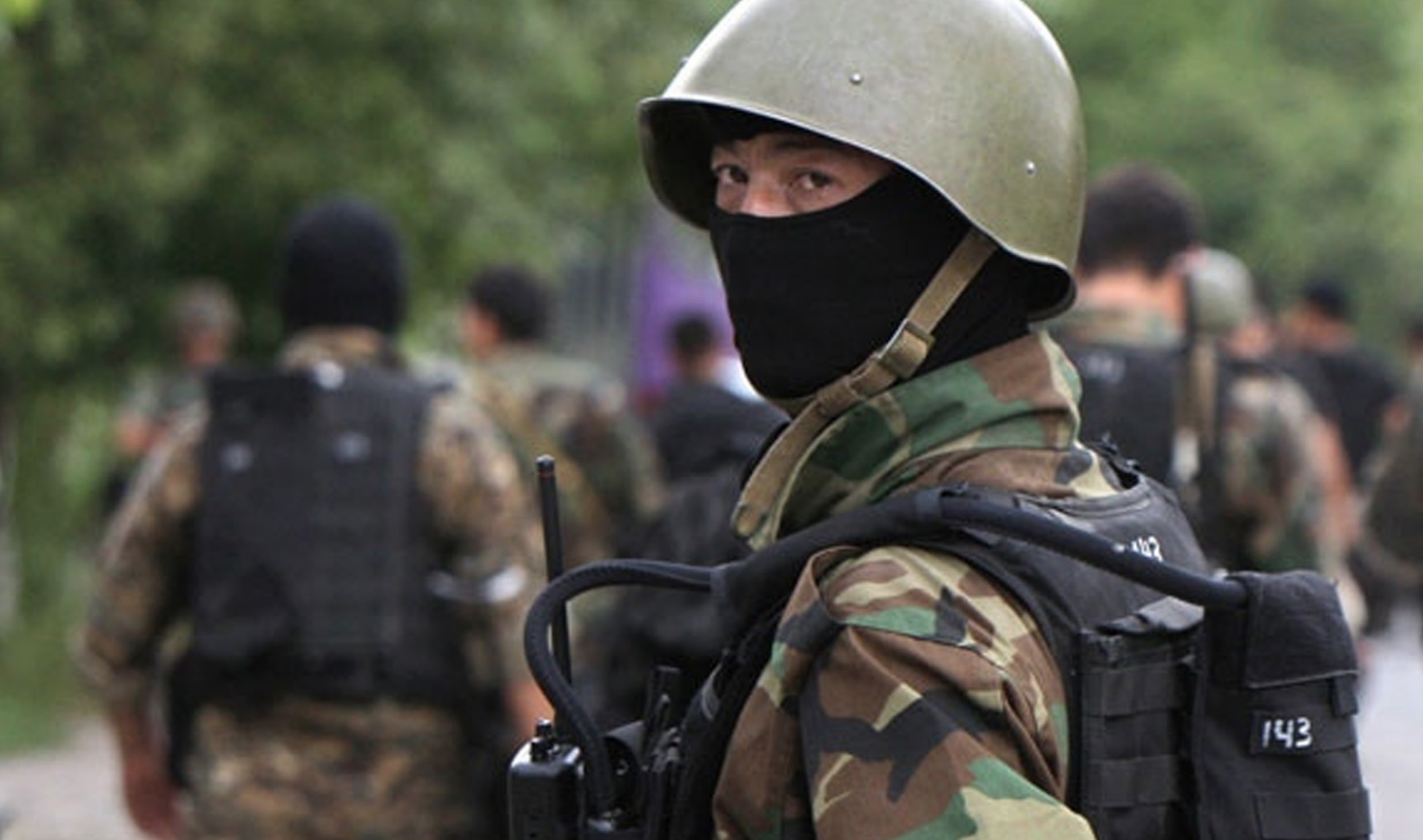The Tajikistan-Kyrgyzstan Border Conflict: Social Media Discourses and Lived Experiences
This report is published as part of the project “Nationalism and Violence in Central Asia” funded by the United States Institute of Peace.
Fighting erupted on the border between Tajikistan and Kyrgyzstan from September 14 to September 19, 2022. It was the bloodiest conflict to take place between the two countries in recent history. Both sides used artillery and drones to bombard border villages and Tajik forces shelled the city of Batken in Kyrgyzstan. The conflict left 63 dead on the Kyrgyz side . Officially 41 were killed on the Tajik side. But Radio Ozodi reported that there were 60 casualties based on their own sources. Further, more than 400 people were wounded on both sides and 130,000 displaced inside Kyrgyzstan. Both sides accused each other of having started the conflict.
The Kyrgyz-Tajik border has been a site of sporadic dispute in past decades. Just 642 km of the countries’ 984 km border has been delimited, with disputes over right of access to water, land and infrastructure sparking disagreements among local residents and military personnel. But recent border conflicts in April 2021 and September 2022 have signaled an escalation in scale, with the use of heavy weapons on both sides resulting in mass casualties. Coupled with this, the conflicts coincided with an unprecedented information war fought between the media and citizens in the online sphere.
Rather than examining who or what is responsible for the conflict, this report examines the framing of the border conflict by both sides through an analysis of official statements, perceptions of residents in border areas, and social media posts. We focus particularly on examples of chauvinism and ethno-nationalist tendencies, as well as inciting hatred between Kyrgyz and Tajiks. The report draws from an analysis of social media and official framings, but also fieldwork conducted in Batken in October 2022. The report seeks to highlight the following topics that emerged from the conversations with local stakeholders: trauma lived in armed conflict, uncertainty about the viability of Batken province as a peaceful place in the future, perceptions of state weakness and vulnerability, and the changing nature of the border conflicts. Unfortunately, due to the political situation and security reasons it was not possible to conduct fieldwork on the Tajik side of the border and present their perspective.
We compare the discourses from the previous major border conflict in April 2021 with September 2022, highlighting how tensions are escalating. For instance, in the Kyrgyz online sphere, there was an increase in the number of artistic illustrations created as a medium for narration of the events. The use of hashtags to create traceable digital archives of related social media posts also increased. If in 2021 Tajik social media users played a predominantly reactive role to posts generated in the Kyrgyz social media sphere, our analysis finds that in 2022 there was an increase in the volume of posts made by Tajik users, as well as an increase in thematic groups and channels on Facebook and Telegram. The appeal to the common Muslim identity between the two nations that was present in 2021 has been replaced with explicit nativist and racist discourses in 2022. A drastic shift towards inter-racial hostility was observed on both sides. On the Tajik side in particular, we saw numerous prominent individuals frame the conflict along religious lines as a struggle against non-believers. The Tajik side also involved various former civil war era commanders, many of whom are not formally part of the Tajik armed services, who also framed the conflict along these lines.
About the authors:
Rashid Gabdulhakov is an assistant professor at the Research Centre for Media and Journalism Studies at the University of Groningen in the Netherlands. He researches social media in the context of Russia and Central Asia.
Oleg Antonov is a Researcher at Södertörn University. His research focuses on authoritarian governance in Central Asia, in particular Russia and China’s influence in the region.
Erkin Kyzy is a pseudonym for a researcher from Kyrgyzstan.

